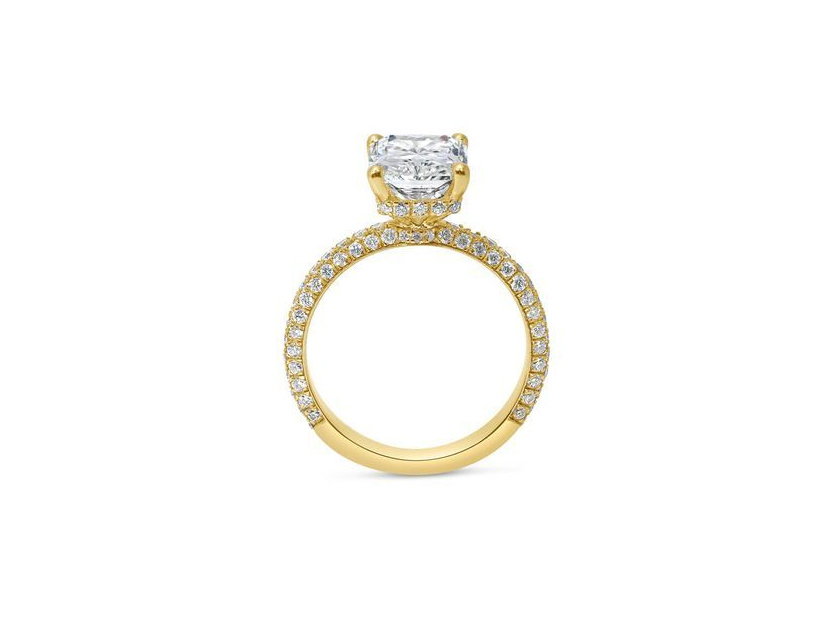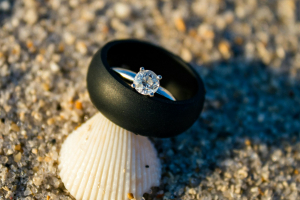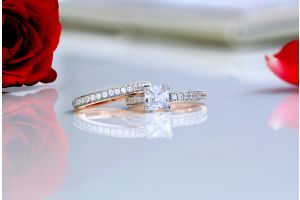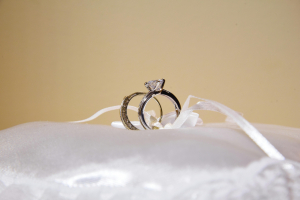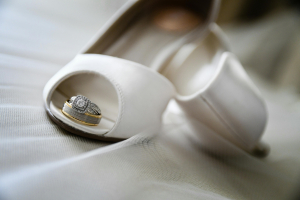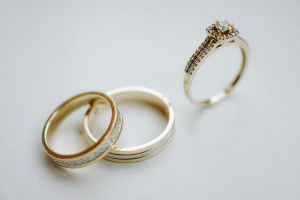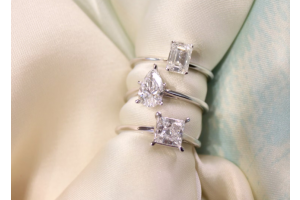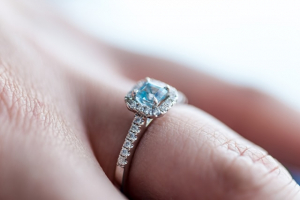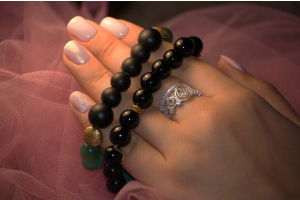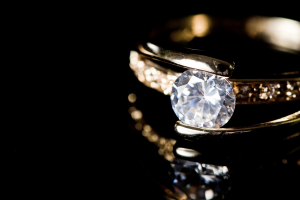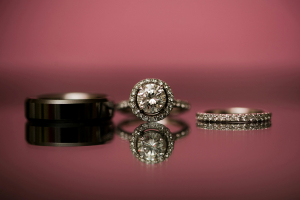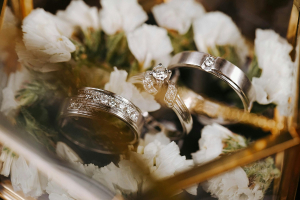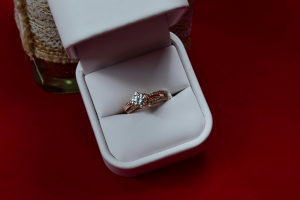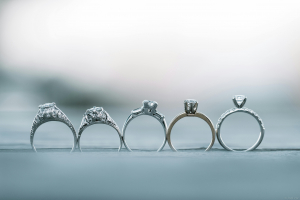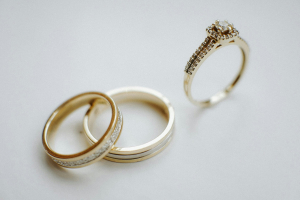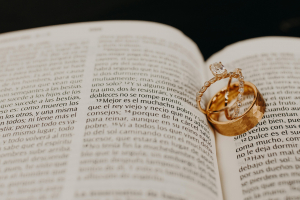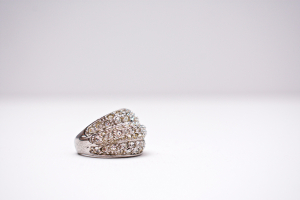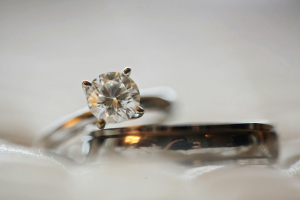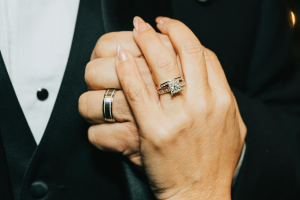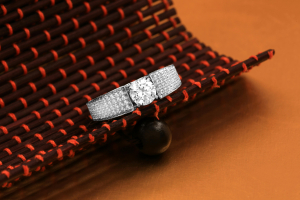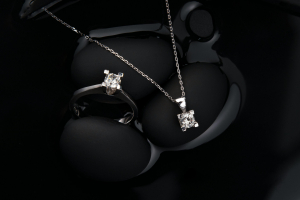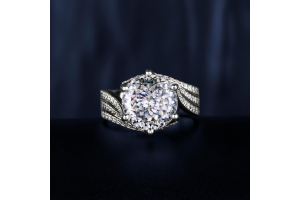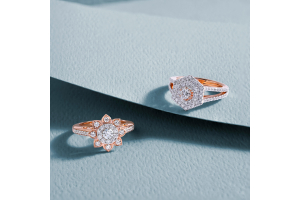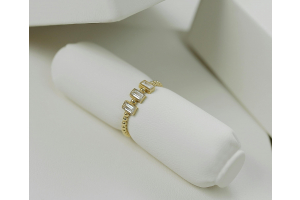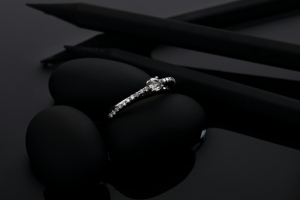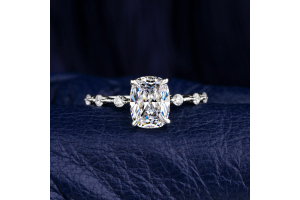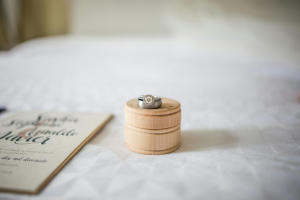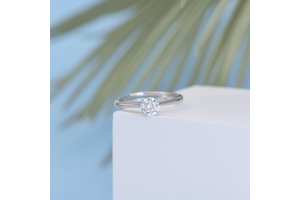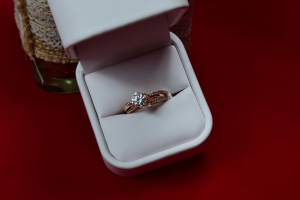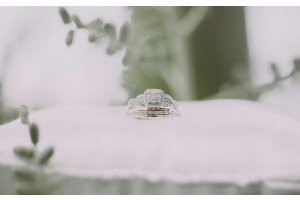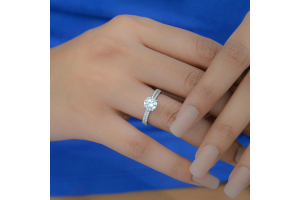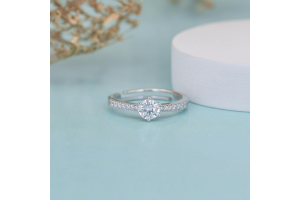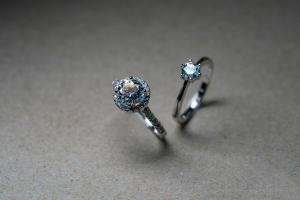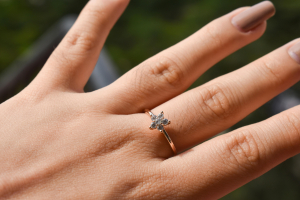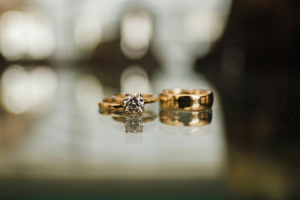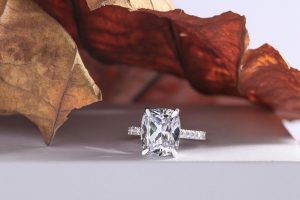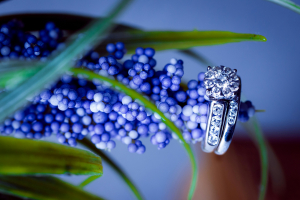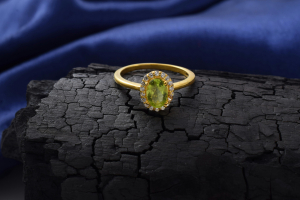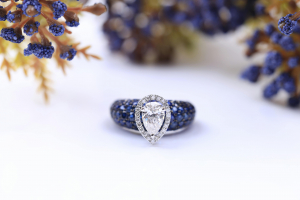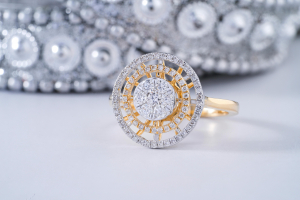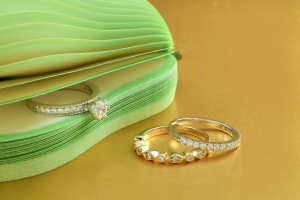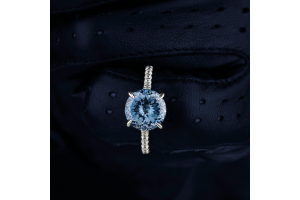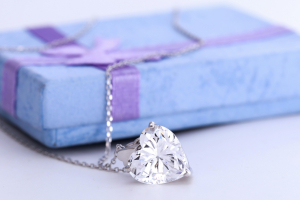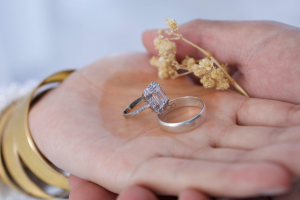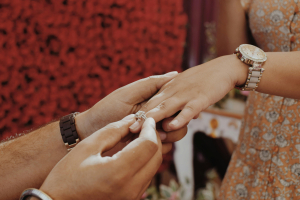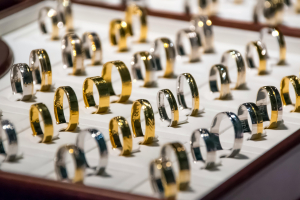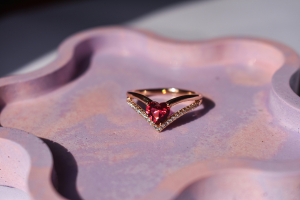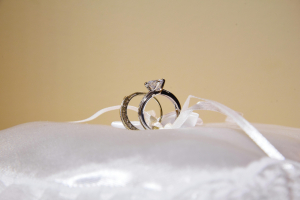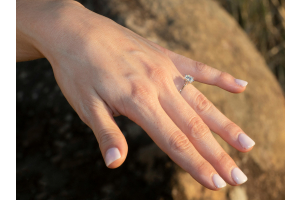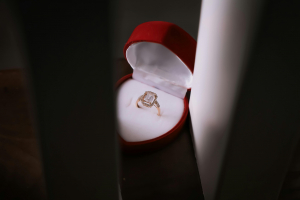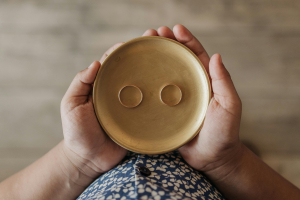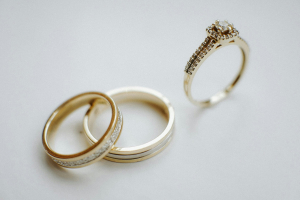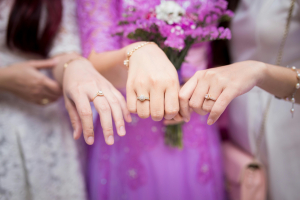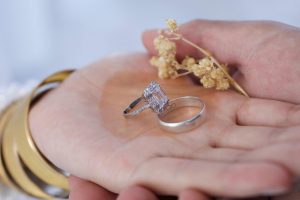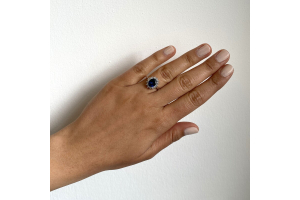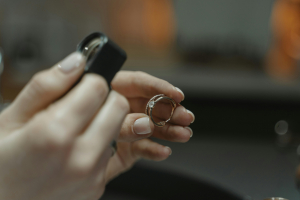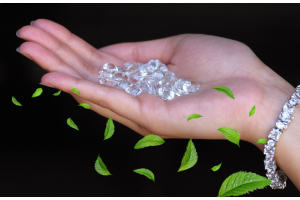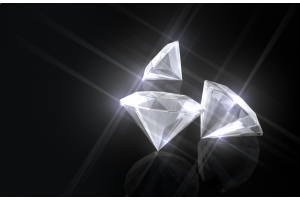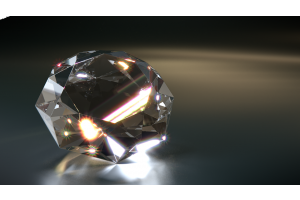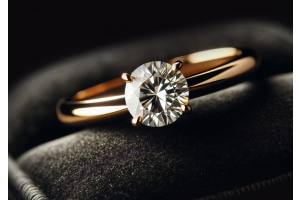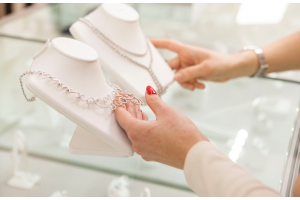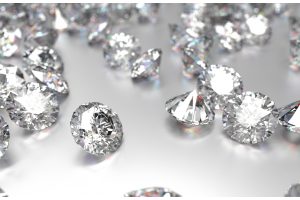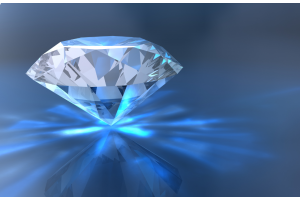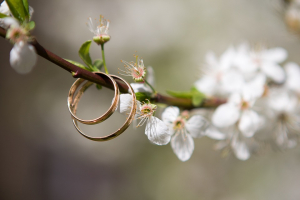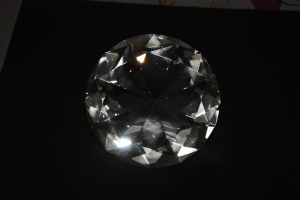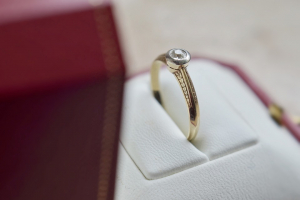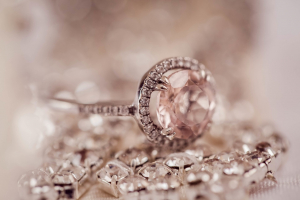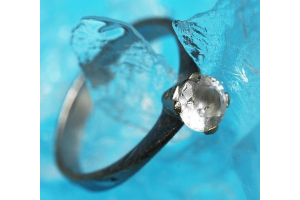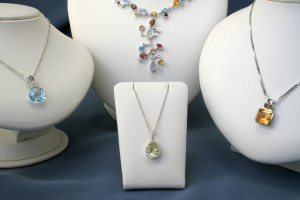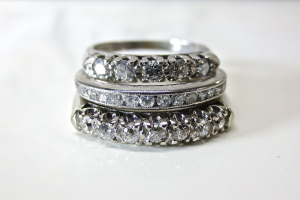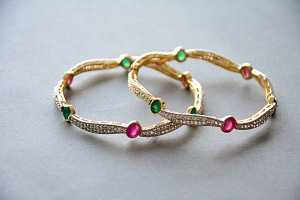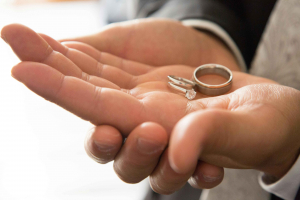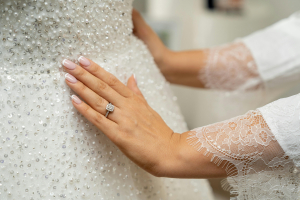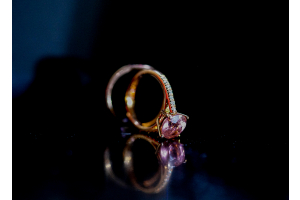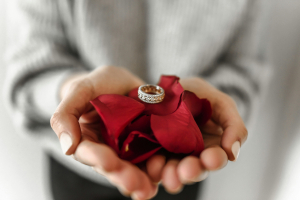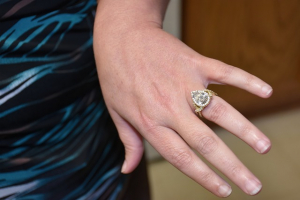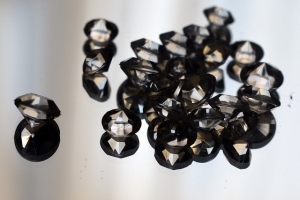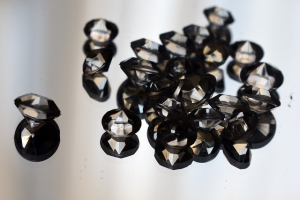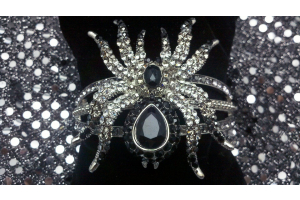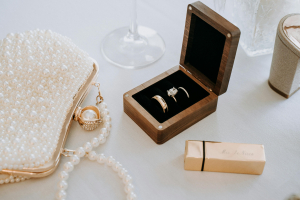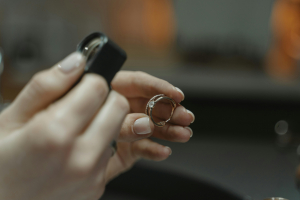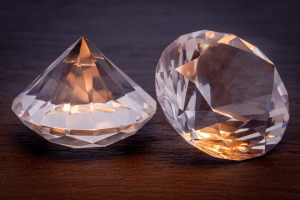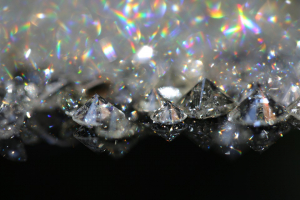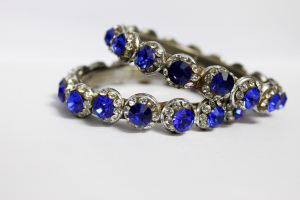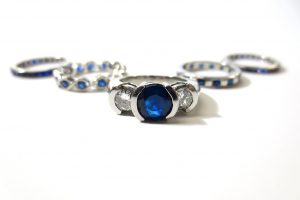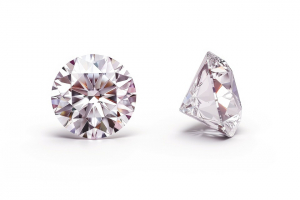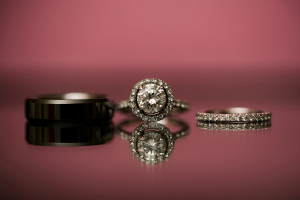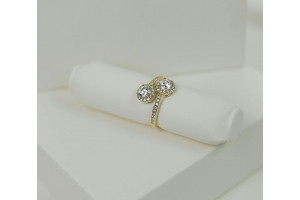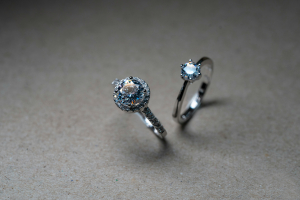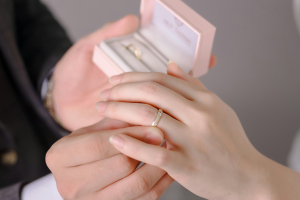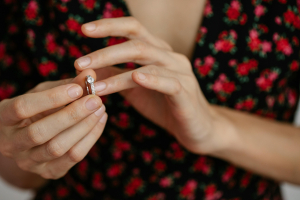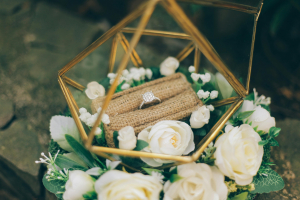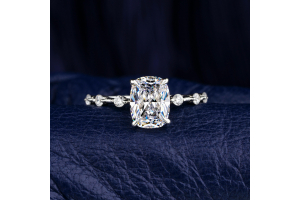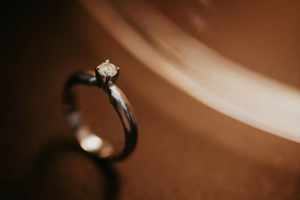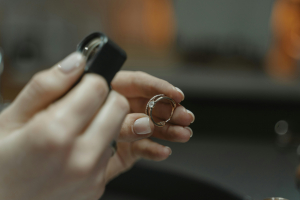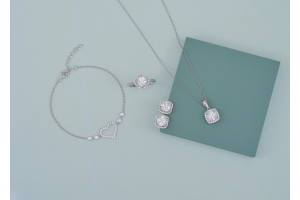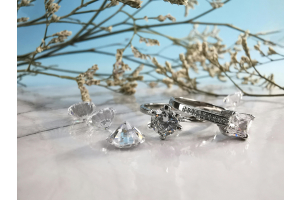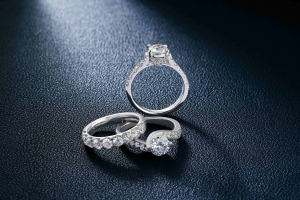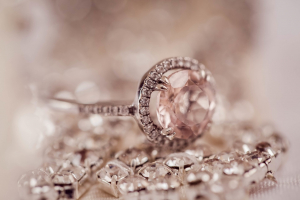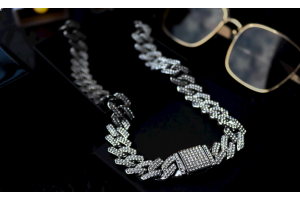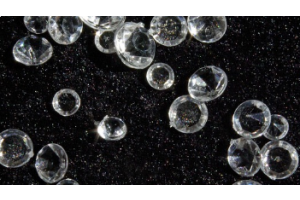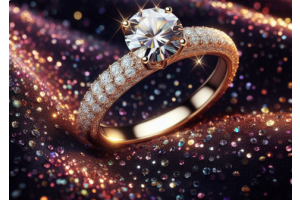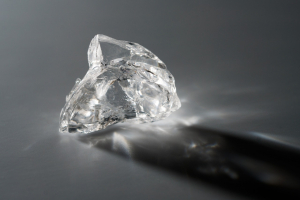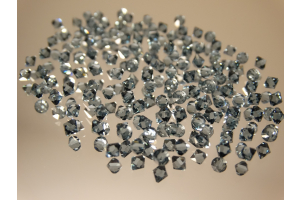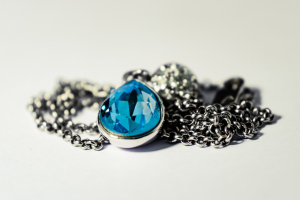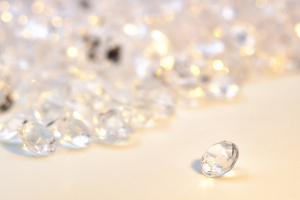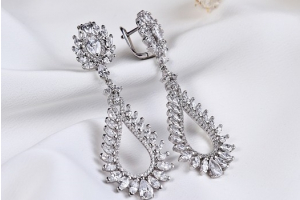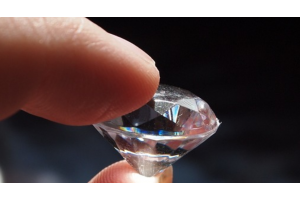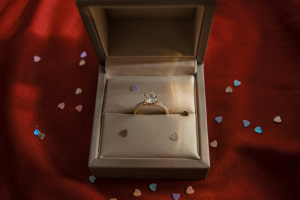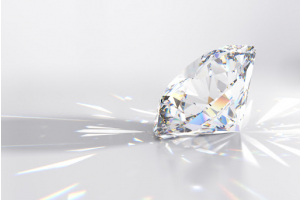GBP
/
GBP
/
Shipping to:
Currency:
×
Rêve Diamonds now in the US
- 745 5th Avenue
- Manhattan, 10151
- New York, NY
- 9800 Wilshire Blvd
- Beverly Hills, 90212
- Los Angeles, CA
- Wishlist
- Compare
- Contact Us
- 020 35852295
-
Sign In
Sign In
- Create an Account
×
Speak to an expert
Get in touch with us using one of the options below:
Looks like you’re in
Change currency?
X
- Engagement rings
-
Wedding Bands
- Jewellery
-
Gifts
-
GIFTS BY RECIPIENT
GIFTS BY OCCASION
GIFTS WITH MEANING
MORE GIFT IDEAS
-
-
Diamonds
-
Diamonds Search
natural diamonds
Diamonds Search
Express insuredFree worldwide Delivery 3 to 7 Days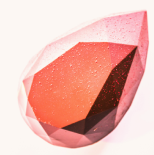
-
- Education
- Blog
- Home
- BLOG | Engagement Rings & Wedding Rings | Reve Diamonds
- Jewellery
- Understanding the Cost of a Lab-Grown Diamond Ring
Understanding the Cost of a Lab-Grown Diamond Ring
Understanding the Cost of a Lab-Grown Diamond Ring
By Author:
Reve Diamonds
Lab-grown diamonds have become an increasingly popular choice for engagement rings and other fine jewelry, offering a sustainable and cost-effective alternative to mined diamonds. However, understanding the cost of a lab-grown diamond ring can be a complex process, influenced by various factors including carat weight, diamond quality, setting, and brand. Below, we explore the elements that affect the pricing of lab-grown diamond rings, and provide guidance on making an informed purchase.
Factors Influencing the Price of Lab-Grown Diamond Rings
When determining how much a lab-grown diamond ring should cost, it’s important to consider several key factors:
1. Carat Weight
The carat weight of a diamond is one of the most significant factors influencing its price. Generally, the larger the carat weight, the more expensive the diamond will be. Lab-grown diamonds allow you to achieve higher carat weights at more accessible prices compared to natural diamonds.
2. Diamond Quality (The Four Cs)
Like natural diamonds, lab-grown diamonds are evaluated based on the Four Cs: Cut, Color, Clarity, and Carat Weight. The quality of these attributes will significantly affect the cost. A diamond with excellent cut, higher color grading, and greater clarity will command a higher price. However, with lab-grown diamonds, you often get a better quality diamond for the same price as a lower-quality natural diamond.
3. Type of Setting
The setting of the diamond also plays a role in the overall cost of the ring. Settings can range from simple designs in white gold or platinum to more intricate settings that include additional diamonds or other gemstones. The choice of metal, complexity of the design, and the presence of accent stones will all influence the final price.
4. Brand and Certification
The brand you choose and whether the diamond is certified by a reputable organization can also impact the price. Well-known brands may charge a premium for their name, while certified diamonds, which have been evaluated by institutions like the GIA or IGI, may also cost more due to the assurance of quality they provide.
5. Ethical and Environmental Considerations
Many buyers choose lab-grown diamonds not only for their cost savings but also for their ethical and environmental benefits. The production of lab-grown diamonds typically has a lower environmental impact than mining, and they are free from the ethical concerns associated with conflict diamonds. These factors can make lab-grown diamonds a more appealing option, potentially increasing their perceived value.
Making an Informed Purchase
When buying a lab-grown diamond ring, it’s essential to balance the factors above to find a ring that meets your budget while fulfilling your desires for quality and design. Take the time to research and compare different options, and don’t hesitate to ask questions about the origins and certification of the diamond.
Lab-grown diamonds offer an excellent opportunity to get more for your money, allowing you to invest in a larger or higher-quality diamond than you might with a natural stone. Whether you are drawn to the sustainability of lab-grown diamonds, their cost-effectiveness, or their stunning beauty, understanding the factors that influence their price will help you make a confident and informed decision.
FAQs: Lab-Grown Diamond Rings
What makes lab-grown diamonds more affordable than natural diamonds?
Lab-grown diamonds are generally more affordable because they are created in a controlled environment, which reduces the time and costs associated with mining. Additionally, the supply chain for lab-grown diamonds is more streamlined, leading to lower prices for consumers.
Do lab-grown diamonds hold their value?
While lab-grown diamonds typically do not retain their value as well as natural diamonds, they are an excellent choice for those looking for a beautiful and ethical stone at a lower initial cost. Their value as a sustainable and conflict-free option is also significant, even if the resale value may not be as high.
Can you tell the difference between lab-grown and natural diamonds?
To the naked eye, lab-grown diamonds and natural diamonds look identical. Even trained gemologists need specialized equipment to distinguish between the two. Lab-grown diamonds exhibit the same physical, chemical, and optical properties as natural diamonds.
Are lab-grown diamonds as durable as natural diamonds?
Yes, lab-grown diamonds are just as durable as natural diamonds. They are made of the same material—carbon arranged in a crystal structure—and have the same hardness, making them equally suitable for everyday wear.
Is it better to buy a lab-grown diamond ring online or in-store?
Both options have their advantages. Buying online often provides more variety and competitive pricing, while purchasing in-store allows you to see the diamond in person before making a decision. Ensure that the retailer, whether online or in-store, offers certification and a return policy to guarantee satisfaction with your purchase.
Blog
Filter by:
- Jewellery (19)
- Art Deco Jewellery (1)
- Bespoke Jewellery (20)
- Christmas (4)
- Diamond Jewellery (30)
- Diamond Ring (26)
- Diamond Wedding Rings (2)
- Diamonds (27)
- Engagement Rings (196)
- Eternity Rings (2)
- Famous Diamonds (0)
- fancy coloured diamonds (3)
- Jewellery Insurance (1)
- Lab Grown Diamonds (105)
- Manmade Diamonds (3)
- Precious metals (5)
- Proposals (10)
- Royal Wedding (2)
- Tennis Bracelets (2)
- Valentines Day (2)
- Wedding Bands (3)
- Wedding Rings (2)
- Weddings (1)
- Birthstones (3)
- Aftercare (2)
- Diamond Earring (1)
Recent Posts
Is It Cheaper to Shop for Rings in Hatton Garden Than Online? A Comprehensive Comparison
October 24, 2024
What’s the Best Diamond Shape for a Halo Setting? – Your Guide to Finding the Perfect Fit
October 22, 2024
What Style of Ring is Ideal for an Engagement? A Guide to Choosing the Perfect Engagement Ring
October 21, 2024
Which Diamond Shape Gives the Illusion of Being Largest? Discover the Best Cuts for Maximum Visual Impact
October 18, 2024
Do Oval Diamonds Appear Bigger Than Round Ones? Exploring Size Perception and Shape Differences
October 18, 2024
Which Ring Setting Maximises Diamond Size Appearance? Top Choices to Make Your Diamond Look Bigger
October 18, 2024
Which Diamond Shape Tends to Look the Smallest? Understanding How Shape Affects Size Appearance
October 18, 2024
Which Diamond Shape Has the Most Brilliance and Sparkle? A Guide to Dazzling Diamonds
October 18, 2024
How to Buy an Engagement Ring Without Knowing the Size | Expert Tips for a Perfect Fit
October 17, 2024
How to Buy Engagement Rings on Sale: The Ultimate Guide to Finding the Perfect Deal
October 17, 2024
Choosing Lab Grown Diamonds for Your Next Jewellery Purchase: A Smart, Ethical Choice
October 10, 2024
Lab Grown Diamonds: Transforming the Jewellery Industry with Ethical and Affordable Brilliance
October 08, 2024
Lab Grown vs Natural Diamonds: Comparing Features, Benefits, and Ethical Considerations
October 08, 2024
Choosing Lab-Grown Diamonds for Your Wedding Jewellery: The Ethical and Beautiful Option
October 08, 2024
How Lab-Grown Diamonds Are Shifting Consumer Preferences: The Future of Ethical Jewellery
October 08, 2024
Ethical and Environmental Benefits of Lab-Grown Diamonds: A Sustainable Choice for Jewellery
October 08, 2024
Are Lab-Grown Diamonds the Future of Bridal Jewellery? Discover Their Rising Popularity
October 04, 2024
How to Care for Your Lab-Grown Diamond Jewellery – Keep It Sparkling with These Expert Tips
October 04, 2024
Lab Grown Diamond Solitaire Rings: Timeless and Ethical | Discover Sustainable Elegance
September 26, 2024
Lab Grown Diamond Engagement Rings: The Best Options for Ethical & Stunning Jewellery
September 24, 2024
The Best Diamond Engagement Rings for Matching Stacks | A Guide to Pairing Perfection
September 20, 2024
Why Minimalist Diamond Engagement Rings Are on the Rise: Timeless Elegance with a Modern Twist
September 19, 2024
Comparing Cushion vs. Princess Cut Diamond Engagement Rings: Find the Perfect Shape for Your Style
September 19, 2024
The Symbolism Behind Different Diamond Shapes in Engagement Rings: What Each Shape Means
September 18, 2024
How to Choose the Right Metal for Your Diamond Engagement Ring: A Comprehensive Guide
September 17, 2024
Customizing Your Diamond Engagement Ring: Tips and Tricks for a One-of-a-Kind Design
September 16, 2024
The Most Popular Diamond Shapes for Engagement Rings | A Guide to Choosing the Perfect Shape
September 16, 2024
Diamond Engagement Rings for Non-Traditional Couples: Unique Styles for Every Love Story
September 16, 2024
Diamond Engagement Rings for Men: The Ultimate Guide to Choosing the Perfect Ring
September 13, 2024
Caring for Your Diamond Engagement Ring: Essential Tips and Tricks for Long-Lasting Sparkle
September 12, 2024
FL (Flawless) vs. IF (Internally Flawless) Clarity Diamonds - Understanding the Differences and Making the Right Choice
September 26, 2023


